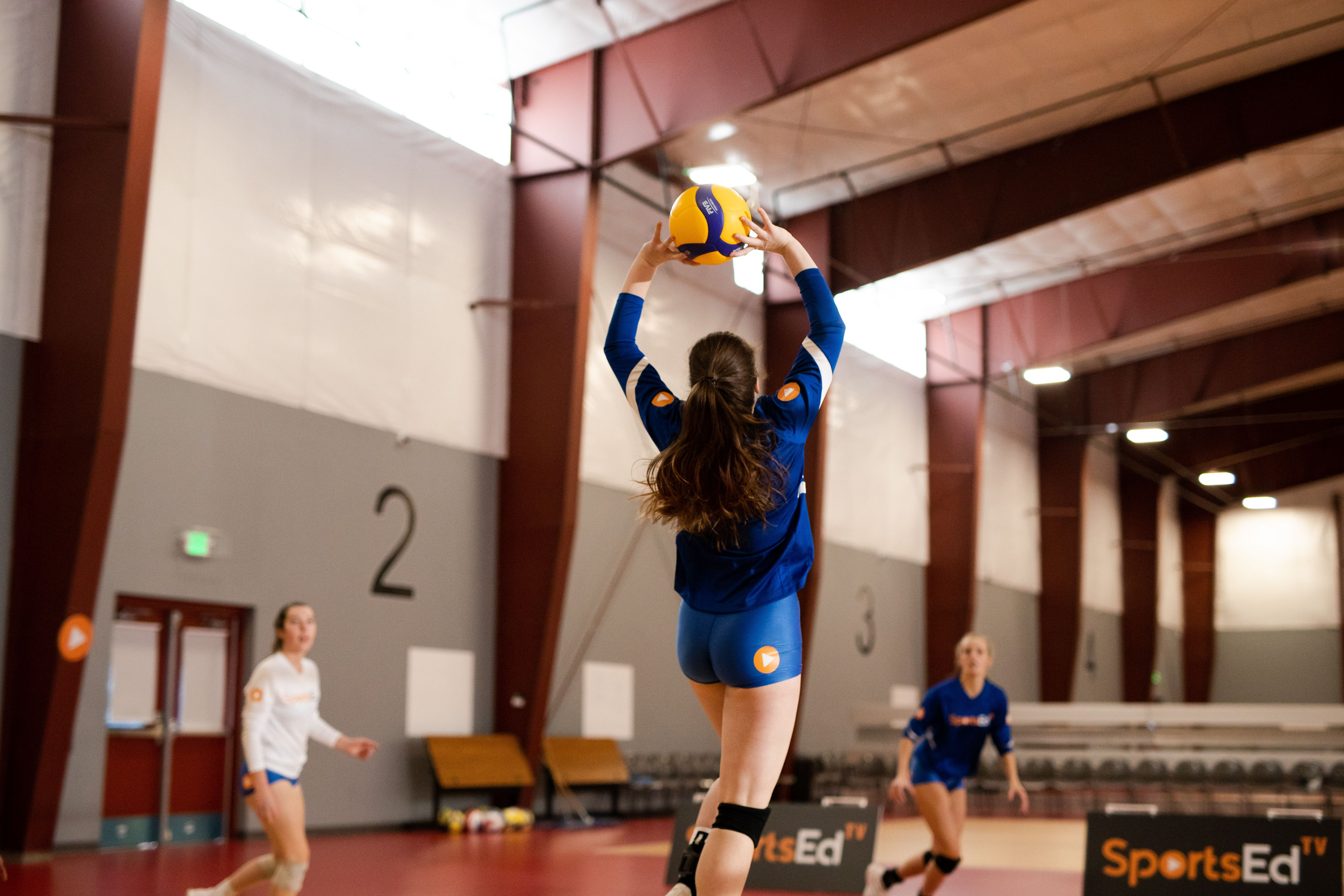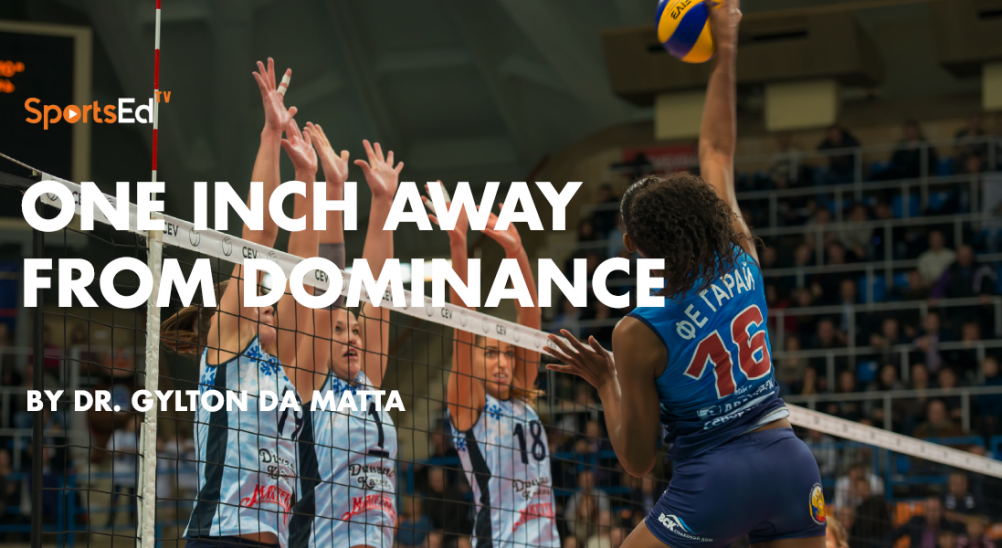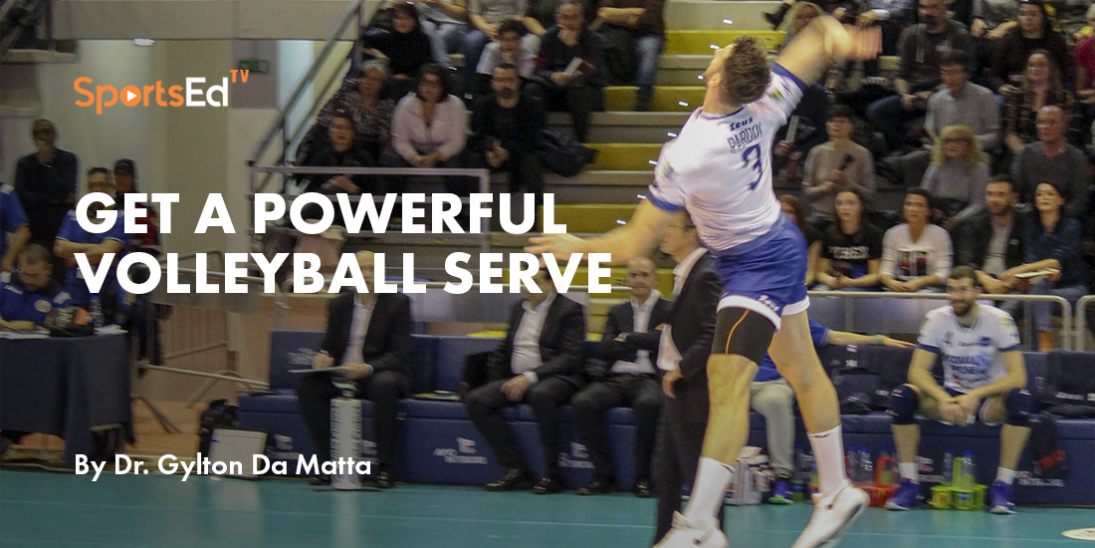Volleyball
Welcome and thanks for visiting...

What is Overreaching in Volleyball?
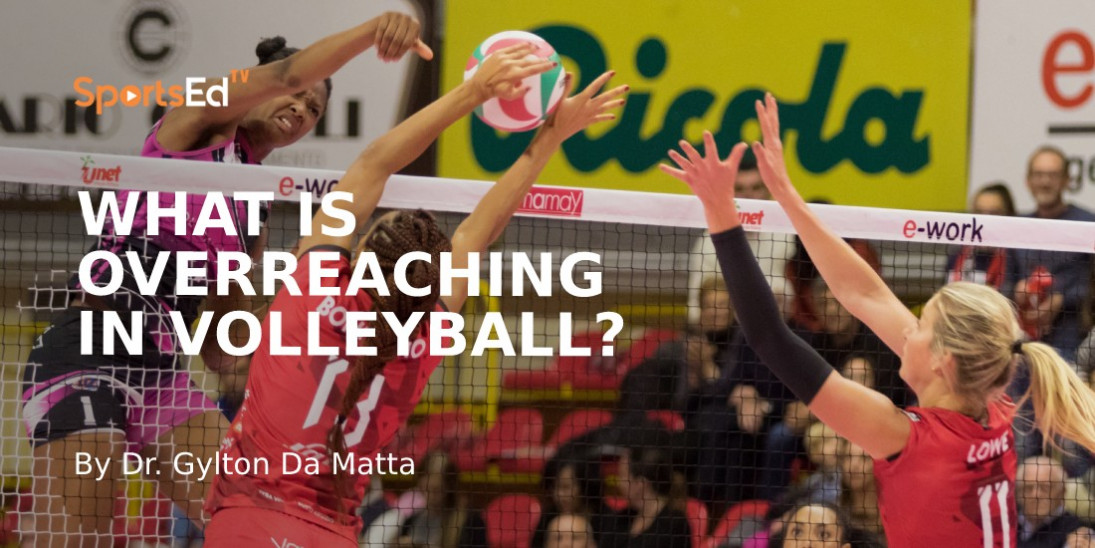
In volleyball, the attacker is not allowed to reach over to the other side of the court over the net.
When volleyball began the concept of an intersection of the space over the net was unimagined.
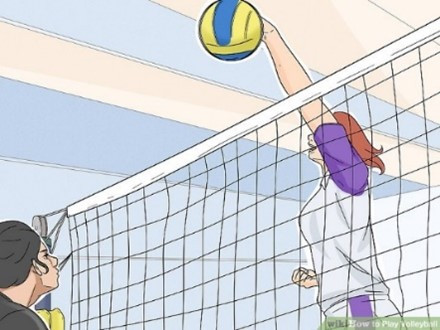
Mintonette, as volleyball was originally named, embraced the idea of two people (teams) playing in opposite ends of the court. However, Alfred Halstead later renamed it to volleyball because the objective of the game was to volley the ball back and forth over a net.
When volleyball was officially designed as a net sport the idea of the “volley” inherited from tennis became the ultimate play and soon blocking a potential smash on the net required an understanding of the intersectionality of space on the top of the net.
But, volleyball also inherited another important concept, but this one from basketball: The team with possession of the ball must be allowed to play. Therefore, the team attacking should be able to play, but when they execute an attack and also overreach created a double advantage against the defending team. Since then, the balance between offense (attacking) and the defense (digging) became “overpower”.
Overreaching is the act of a player penetrating the vertical plane of the net at the opponent's court space. Overreaching is not legal for attackers. However, for defensive actions blocking is allow the overreach.
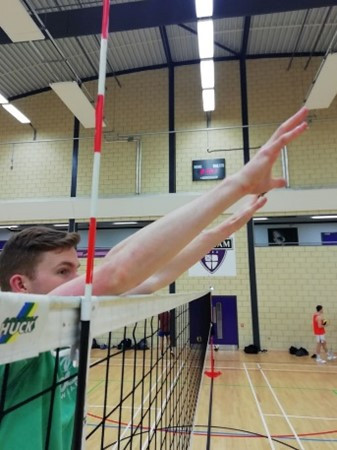
Throughout the technical evolution of volleyball, the technical committee and the technical development have reported the importance to balance offense and defense, so teams can keep the ball flying and provide a television-level spectacle. Thus, the defensive systems (blocking, digging, and coverage) have improved tremendously over time.
In the mid 70’s the Russian Federation and the Men’s team from Poland improved their blocking systems so well that they were called the “Soviet Block” or the “Iron Wall” but in 1992, the Brazilian team implemented the “Latin Multi-Offense” in which all players were always attacking from all positions in all rotations.
Check the SportsEdTV volleyball library to learn more about blocking.
While every team in the world was expecting perfect passes to use the quick attack or the high-speed plays, the Brazilian team under the leadership of Prof. Jose Roberto Guimaraes brought three middle players on the court, transformed the 1m box pass into a 3m zone for “perfect pass” and incorporated that all players would attack a fast-paced offense from all positions creating a paradigm change.
Since then, outnumbered, the defense system, once again, was at a disadvantage.
Back in the '70s and '80s, the most powerful attack belonged to the Cubans. The vertical jump of the Cubans was exceptional. All players from Cuban jumped an average of 1, 15 m which allowed them to reach the mark of 3, 50 m, which was almost one meter over the net height. Therefore, it was evident that the accelerated spike approach would give a huge advantage for attackers. For instance, Terrel Bramwell, who is on 1,88 m can reach 3,70 m when utilizing the exceptional full spike approach.
So, this is the reason why, the new volleyball rules of 1998 (Da Matta & Turners, 1999) privileged the defensive systems in an attempt to bring balance to the galaxy of plays. So, attackers could not overreach, but blockers could. Moreover, defensive players could go to the opposite side of the playing area, recover a ball and continue play (as long as he or she would not contact any players of the other team).
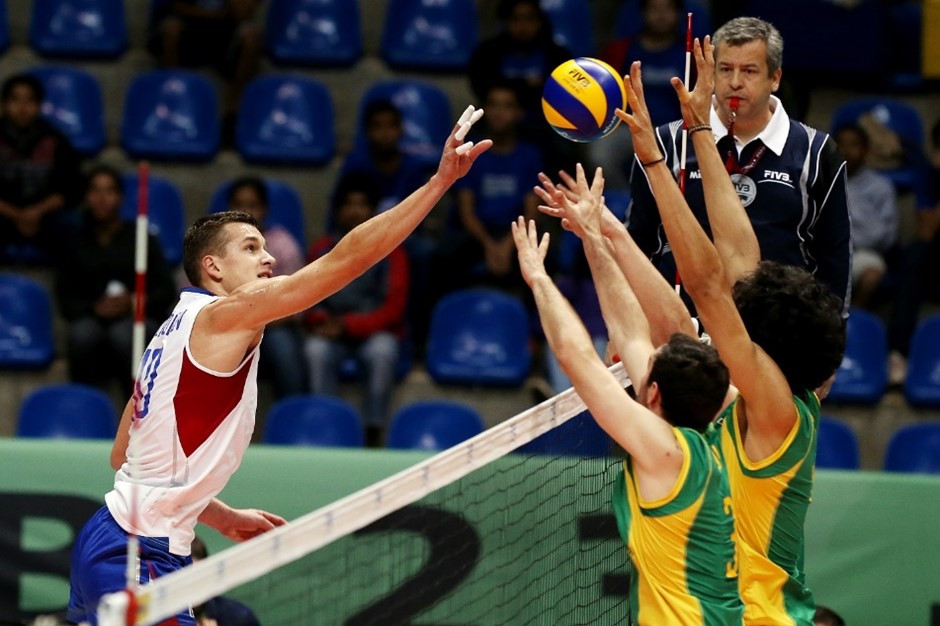
The eternal "galactic netwar"…super attacks versus monster blocks.
Volleyball is a complex sport. Many rule changes have attempted to increase the balance between offense versus defense, but so far, not allowing the attackers to overreach is the only way to restrain the greedy action of attackers against the defenders (the underdogs).
Check the SportsEdTV volleyball library to learn more about spiking.
The attackers, who can reach a “galactic” mark of 3, 70 meters and beyond, are in a huge advantage because they can beat inertia through a dynamic spike approach. The defenders (blockers) who can reach in average quite less, e.g. the 3,45 m blocking reach and the back row defenders, like the liberos, who can defend attack “at the speed of light” close to 125 miles per hour.
Please understand that all of these numbers represent “galactic” measures in comparison to the understanding of the sport for the “normal” people.
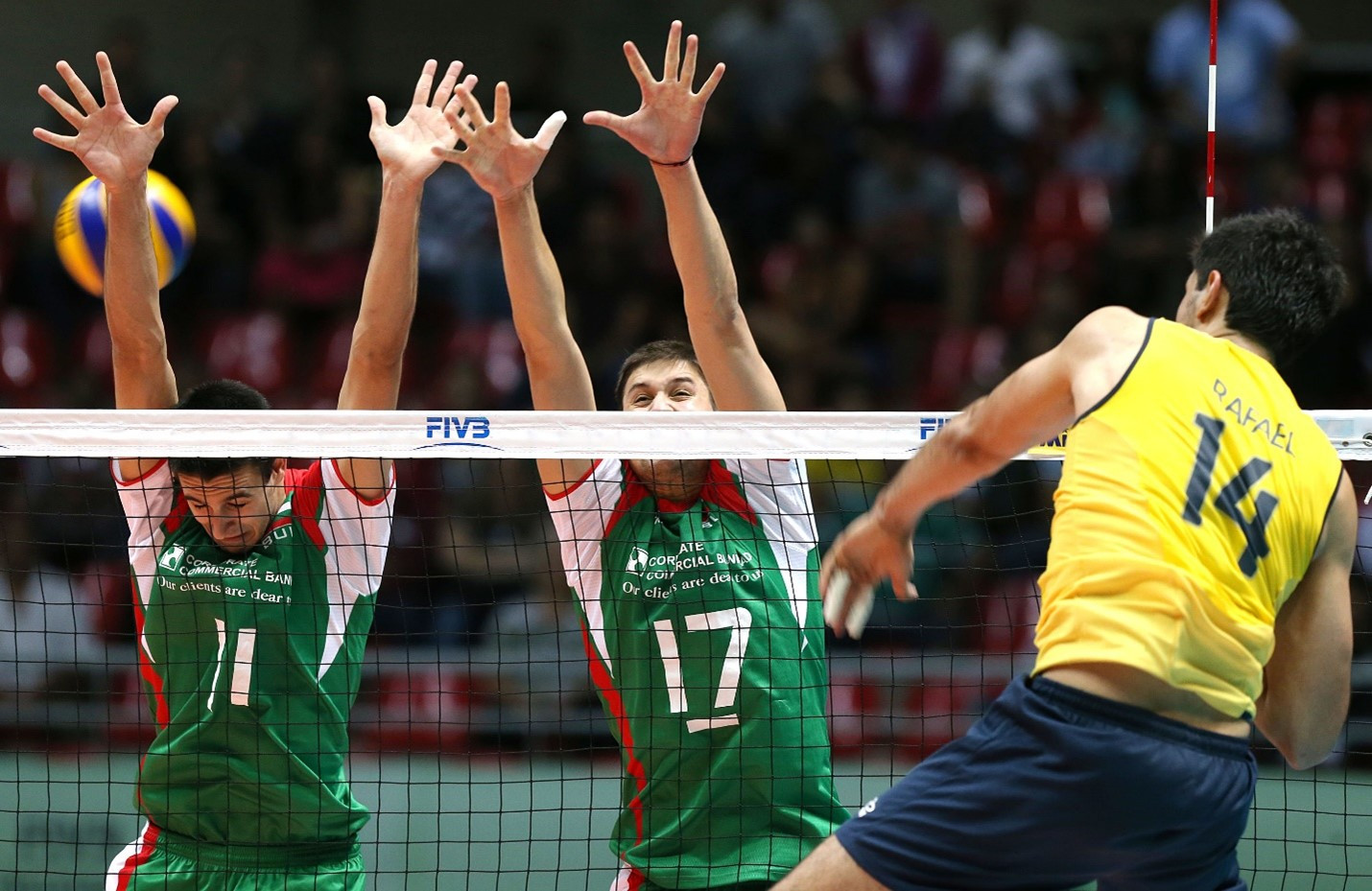
In sum, it is surprising that hitters and blockers do not touch each other in the air, but the netwar beating gravity does elicit the possibility of “a collision of galaxies”!

